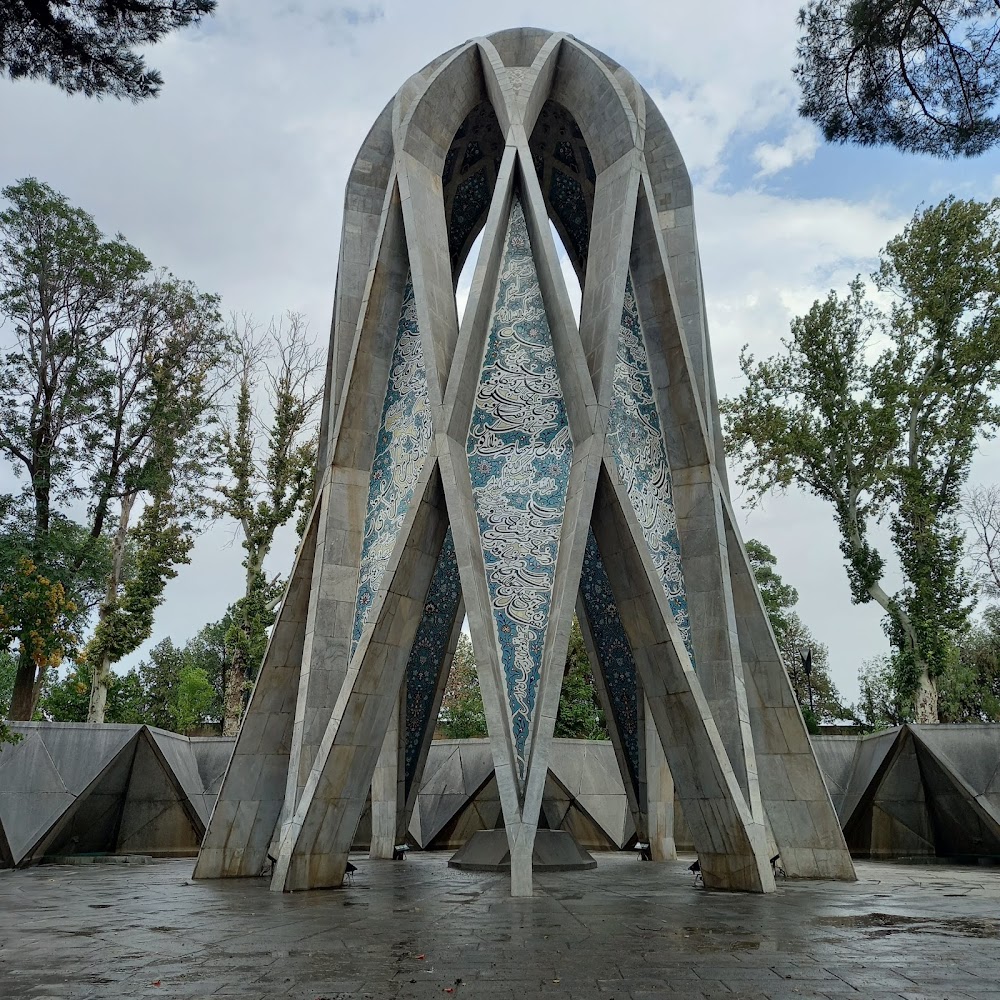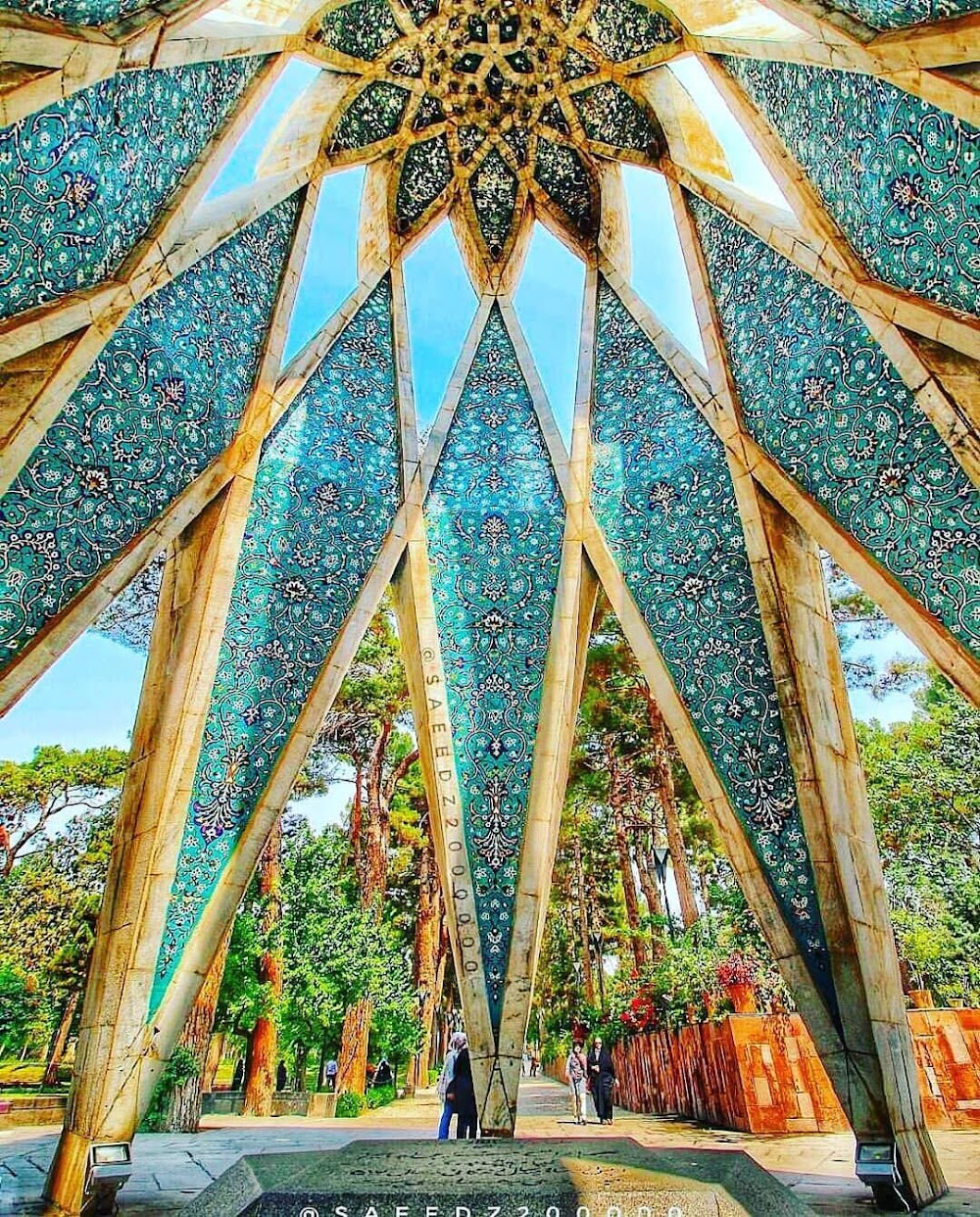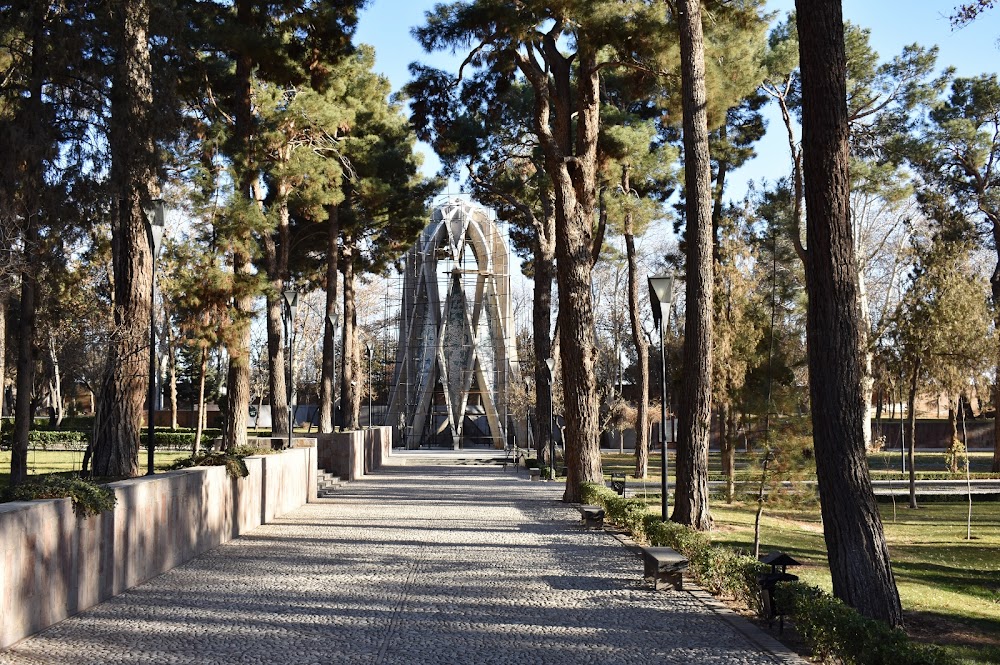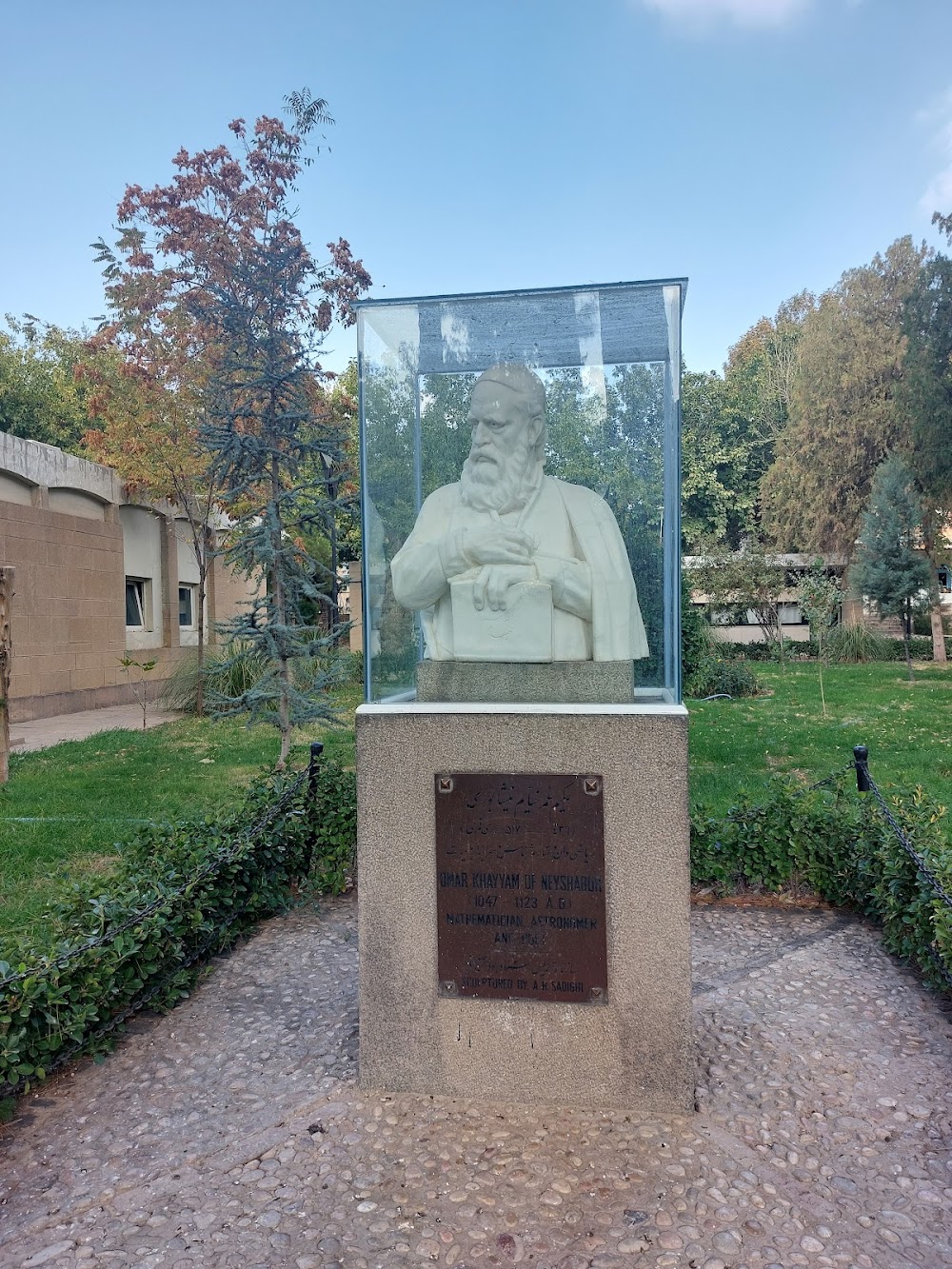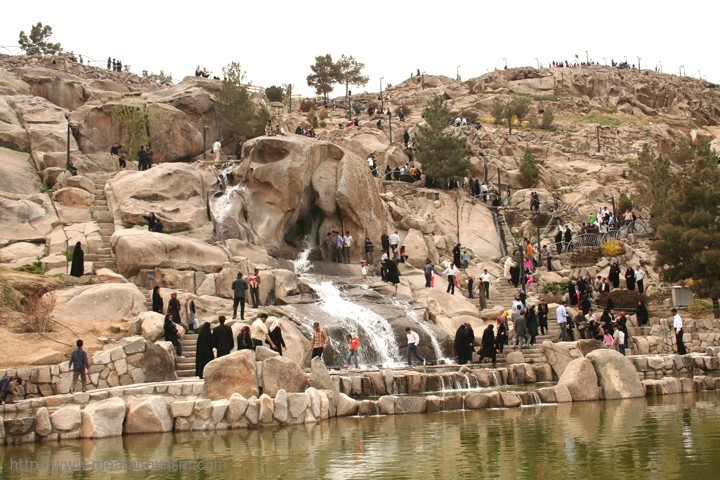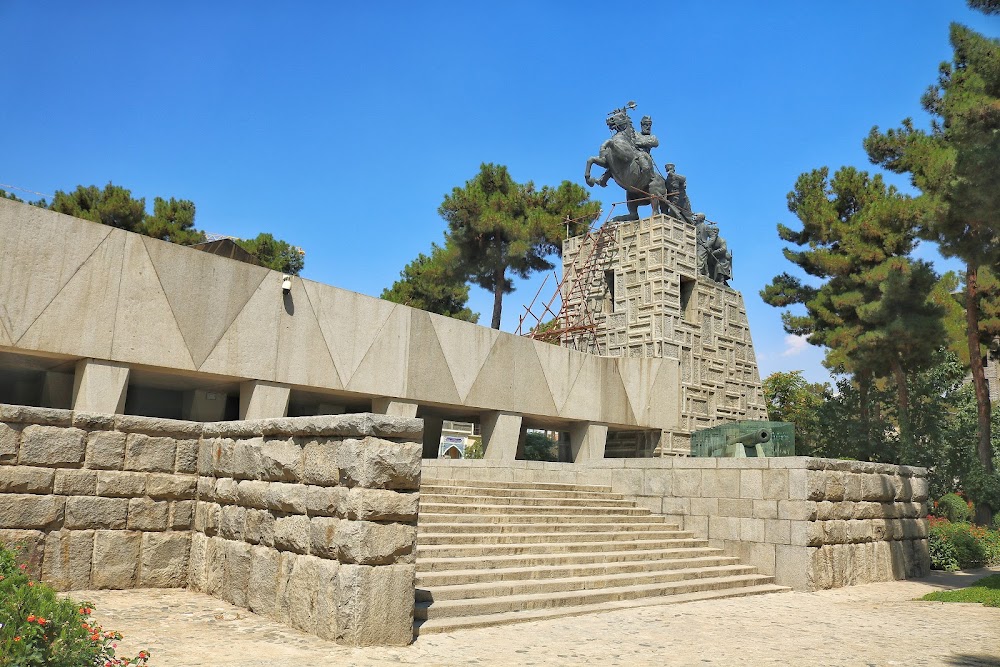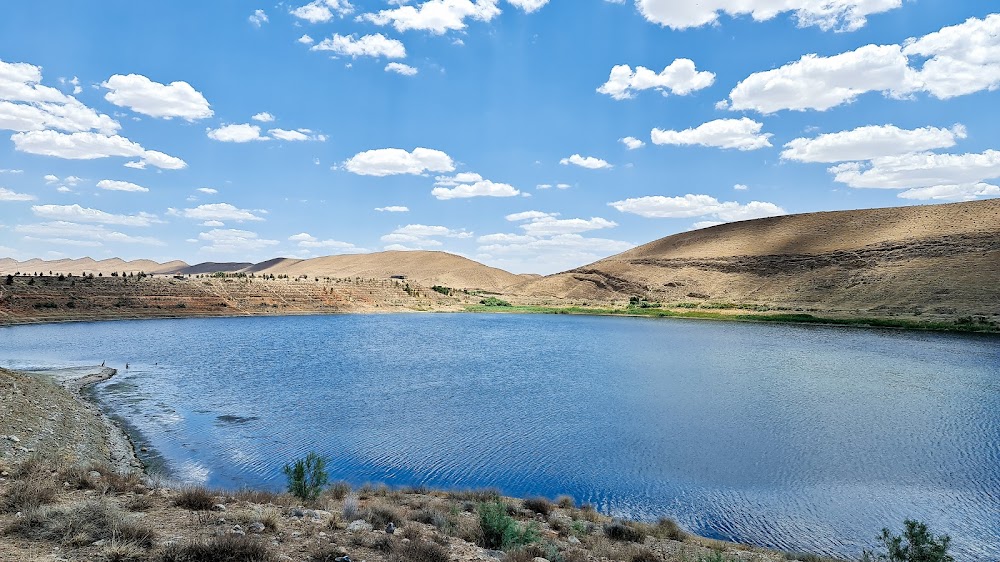Tomb of Omar Khayyam (آرامگاه خیام)
Overview
In the enchanting region of Razavi Khorasan, Iran, lies the magnificent Tomb of Omar Khayyam, a celebrated Persian polymath renowned for his contributions to mathematics, astronomy, and poetry. This mausoleum, dedicated to Omar Khayyam Neyshabouri, is not only a revered resting place but also an exquisite architectural marvel that draws visitors from across the globe.
Born on May 18, 1048, in Neyshabur, Khayyam lived during the Seljuk period, profoundly impacting science and literature. His legacy is particularly marked by his collection of poetic quatrains, the "Rubaiyat," which continues to resonate with readers today. After his passing in 1131, admirers of his work recognized the need for a fitting monument to honor his life and contributions to humanity.
The tomb as we see it today was constructed in the mid-20th century, specifically in 1963, during the reign of Mohammad Reza Shah Pahlavi. The design and construction were commissioned by the National Monuments Council of Iran, with the celebrated Iranian architect Hooshang Seyhoun at the helm. His impeccable reputation and innovative design sensibilities made him the perfect choice for this prestigious project.
Seyhoun drew inspiration from Khayyam's philosophical and scientific ideas, which are beautifully woven into the architecture of the tomb. Standing at 22 meters tall and constructed from stunning white marble, the structure blends traditional Persian architectural elements with modern design principles, creating a seamless connection between history and contemporary aesthetics.
The design is particularly striking for its use of geometric patterns and symbolic motifs. The main structure is octagonal, representing the mathematical precision for which Khayyam is celebrated. Each side of the octagon features interconnected arches, forming intricate patterns that are both visually appealing and rich in meaning. These arches symbolize the infinite nature of knowledge and the cosmos, reflecting Khayyam's astronomical work and his contemplations on existence.
Inside the tomb, visitors are greeted by walls adorned with verses from the "Rubaiyat," inscribed in elegant Persian calligraphy. These carefully selected verses resonate with Khayyam's reflections on life, fate, and the universe, creating an intimate connection between the visitor and the poet's thoughts. Surrounding the tomb is a tranquil garden filled with vibrant flowers and trees, offering a serene environment that encourages contemplation and reverence.
The Tomb of Omar Khayyam serves not only as a monument but also as a gathering place for scholars, poets, and admirers of Khayyam's work. Over the years, it has become a symbol of cultural pride and intellectual heritage for Iranians. The architectural brilliance of the tomb, combined with the poetic legacy of Khayyam, continues to inspire and attract individuals from diverse backgrounds.
Today, the Tomb of Omar Khayyam stands as a testament to the enduring influence of Khayyam's genius. It serves as a bridge between the ancient and modern worlds, as well as between science and poetry. Whether one visits to pay their respects, seek inspiration, or simply marvel at its architectural beauty, the tomb offers a deeply enriching experience for all who enter its embrace.


